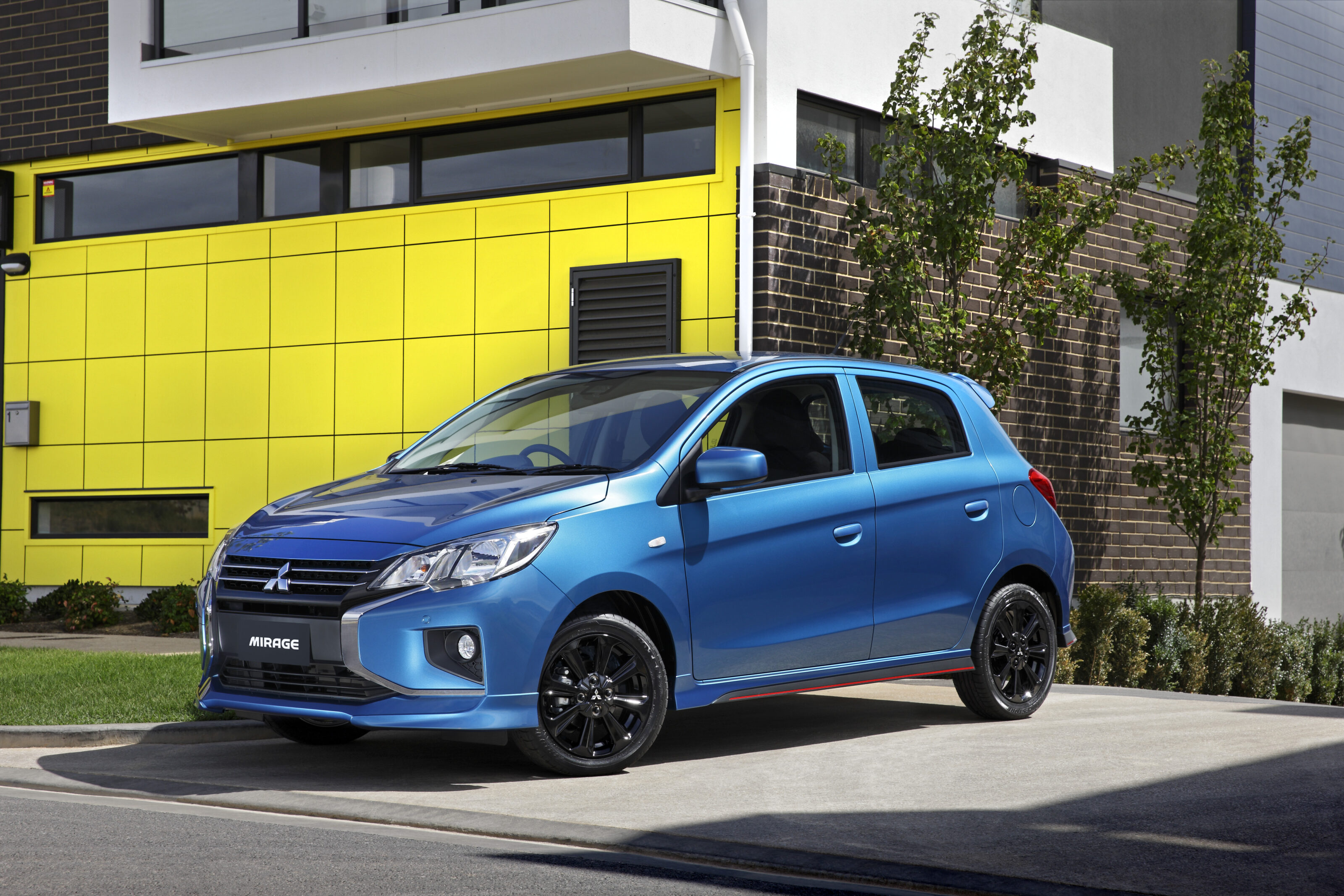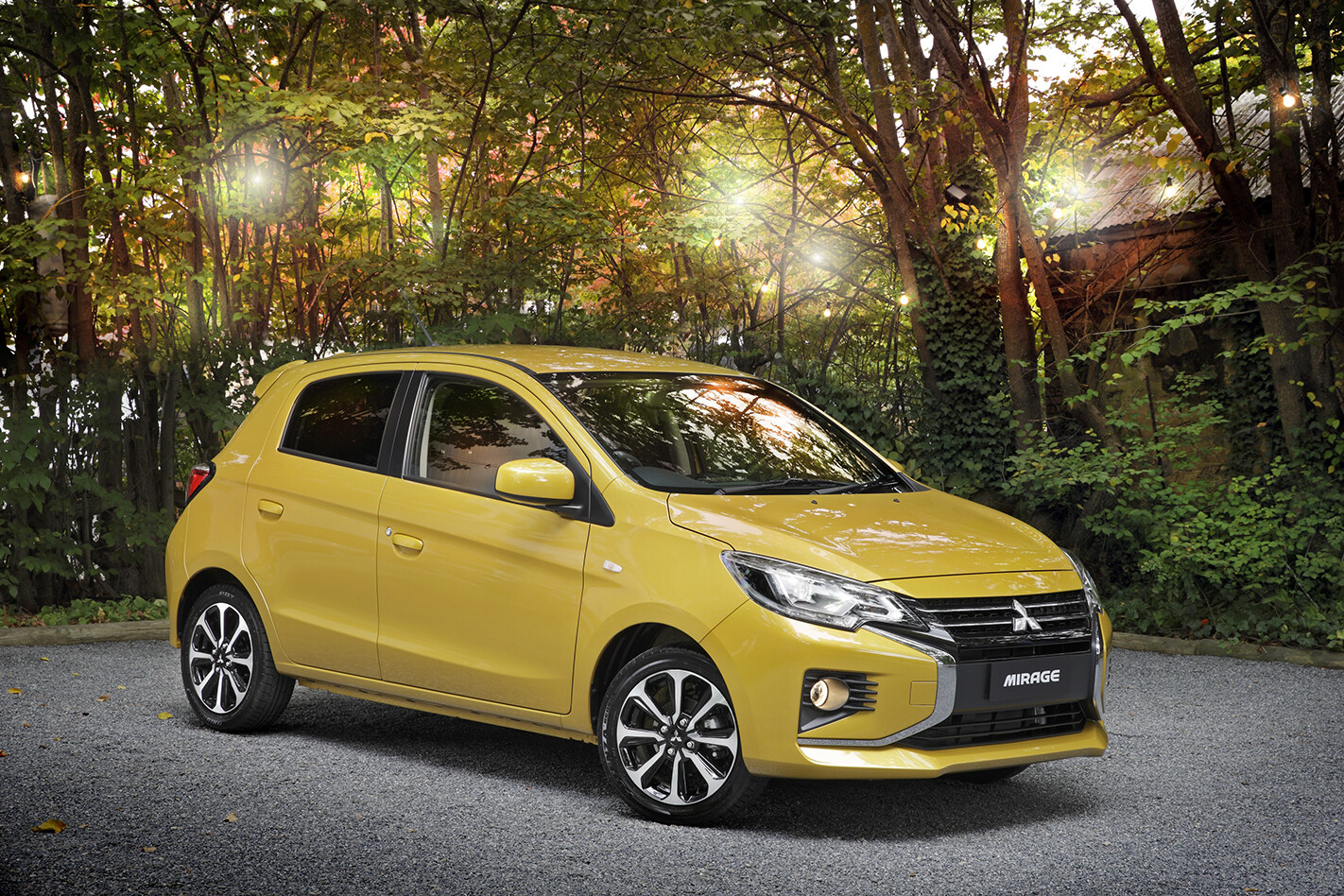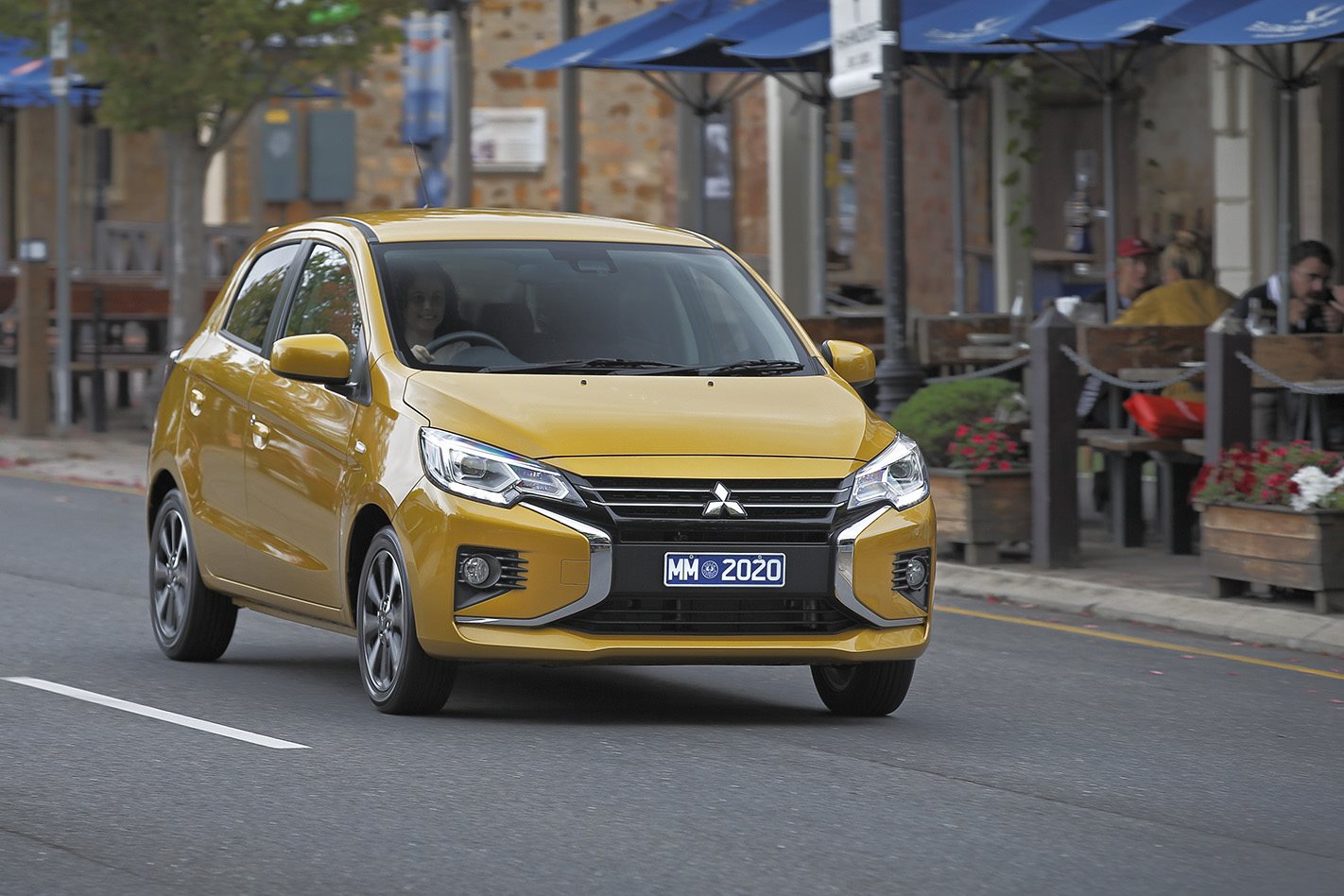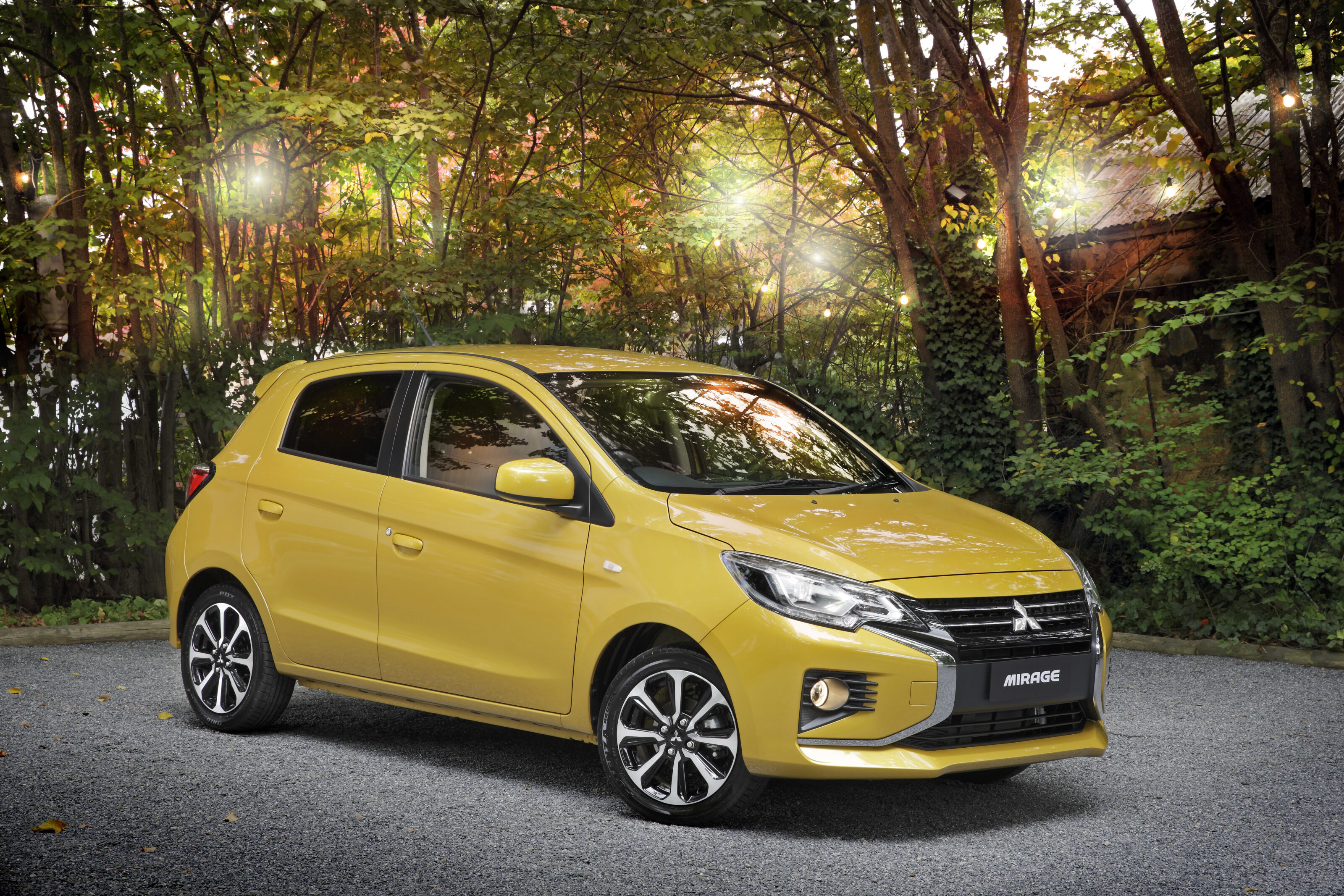The guillotine has fallen on Australia’s cheapest car. For almost a decade the current generation Mitsubishi Mirage has survived tumultuous sales and a shaky segment only to be left with a target on its back thanks to a legislation change that’s landed a few cars in our Driven to Extinction series. We’ll get to that.
It wasn’t until the mid-1990s that Australians were met in showrooms by the Mirage nameplate, the fifth-generation CE replacing Mitsu’s previous-gen light hatch, the Colt. The three-door hatchback sibling to the Lancer is affectionately remembered much the same way other Mitsubishis of the era. It was hard to go wrong with a sub-$15,000, 1.5-litre four-cylinder (and often manual) hatchback, making it a tempting first car for many Australians.
A shade short of 70kW and a kerb weight rivalling that of an NA MX-5 were a decent combination, and also brought useful economy, too. While the then-dominant (and similarly priced) Ford Festiva would outsell the Mirage two- or three-to-one, perhaps perceived reliability created a reminiscent fondness for the Mirage that would come in handy later on.

While small hatchbacks didn’t quite make up as much market share for Mitsubishi Australia back then as the likes of the mighty Magna, the Mirage did regularly (and comfortably) outsell the Triton during its first stint here. Different times.
But times did change, and when a new Lancer arrived without a corresponding Mirage hatch in 2002, Mitsubishi offered the more expensive five-door Colt from 2004. A Ralliart version came along in 2006, but by then a couple of thousand sales annually hadn’t even approached the Mirage’s prior numbers.
Fast-forward to January 2013, and the Mirage name was back. Mitsubishi’s return to focusing on the cheapest end of the market was initially met with enthusiasm; Mirage’s first couple of years on sale putting it behind only the most popular light hatches: Swift, Yaris, Mazda 2 and i20. But sales slowed, as the Mirage badge became hollow nostalgia.

A Wheels comparo in 2014 panned the Mirage, placing it behind the Hyundai Accent, Honda City and Holden Barina, with a score of just 4/10. Slow (just 57kW and 100Nm from its 1.2-litre three-pot), noisy, cheap interior, and slim equipment were key weaknesses.
The impressive (and cheaper, for a while) Kia Picanto in 2016, and later the budget-friendly MG 3, meant even a sub-$15K price didn’t make the Mirage a compelling proposition any longer.
With Mitsubishi’s focus on SUVs and its Triton ute, you could be forgiven for thinking culling the Mirage was a deliberate decision. But no, as with several other cars we’ve covered here, ADR 85 killed the Mirage. Cars that don’t adequately protect occupants in a side-on crash with a power pole or tree get the axe. The Mirage joins the likes of the Nissan GT-R and Alpine A110 in leaving us, but is alone in being the only loss so far that will change the way P-platers shop for their first car.

For real? or just another mirage?
Given the Renault–Nissan alliance has a new generation of Clio and now a Micra EV in development, there’s a theoretical possibility the Mirage could return as a cousin to these two.
However, the chances of it being offered in Australia would depend entirely on Mitsubishi Australia’s ability to make a business case, so a Mirage EV coming to Australia any time soon seems unlikely.
We recommend
-
 News
News2025 New Car Calendar: All the new cars coming to Australia
Take a look at our list of what is expected to launch in Australia in 2025 – plus those we might not see locally just yet
-
 News
NewsMitsubishi Mirage axed in Australia
Australia’s most affordable new car has mere months before it's gone from the local line-up
-
 Reviews
Reviews2020 Mitsubishi Mirage review
The Mitsubishi Mirage is all about getting your motoring dollar further while being easy to drive and park. It is bigger inside than it looks, and comes with a five-year warranty.






